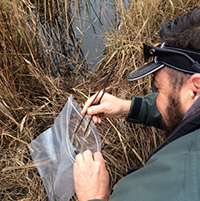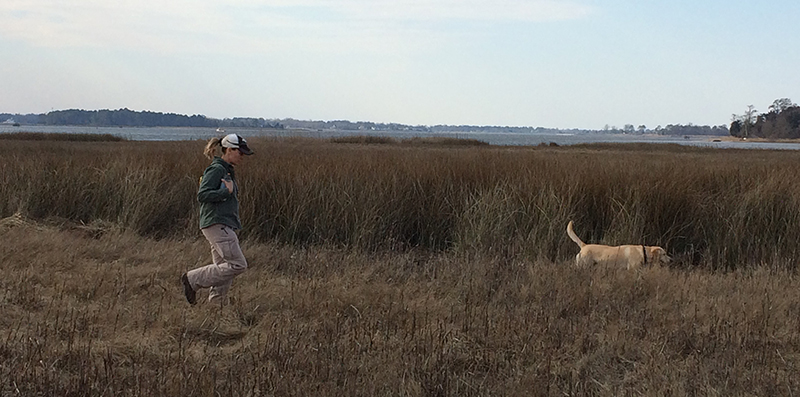Principal Investigator: Todd Engelmeyer, Virginia Department of Game and Inland Fisheries, Bureau of Wildlife Resources
Co-Principal Investigator: Megan Vick, Virginia Department of Game and Inland Fisheries, Outreach Division
Years Funded: 2015-2016

Project Description:
Through efforts coordinated by the interagency Mid-Atlantic Nutria Management Team, in part funded by MAPAIS, the researchers have determined over the last few years: the known range of nutria (Myocastor coypus) in Virginia; established management zones for detection, monitoring, and eradication of this species; and developed a cooperative interagency program to address this invasive threat. The primary goal is to detect the range of expansions within the “Early Detection – Rapid Response” management zone, and to facilitate “mop up” operations in areas that have already undergone extensive nutria removal, by developing an effective way to detect low-density nutria populations and incursions characteristic of range expansion or reoccupation.
Through this project, the researchers will investigate whether a dog can determine nutria presence or absence effectively. This research will enhance our understanding of the feasibility and efficiency of using trained dogs for nutria detection, and the environmental variables that affect their efficiency and effectiveness. If successful, the researchers will accomplish a major objective of our Mid-Atlantic Nutria Management Team; i.e., developing a method for early detection of low-density nutria populations or incursions into previously unoccupied habitat. In addition, the research team will henceforth have one, and possibly two, fully-trained nutria-detection dogs for immediate deployment in Virginia and, possibly, in adjacent states to assist with final eradication of low-density nutria populations.
Final Report can be downloaded here.
Photo: Training with the dogs for nutria detection Credit: Todd Engelmeyer, Virginia Department of Game and Inland Fisheries, Bureau of Wildlife Resources

